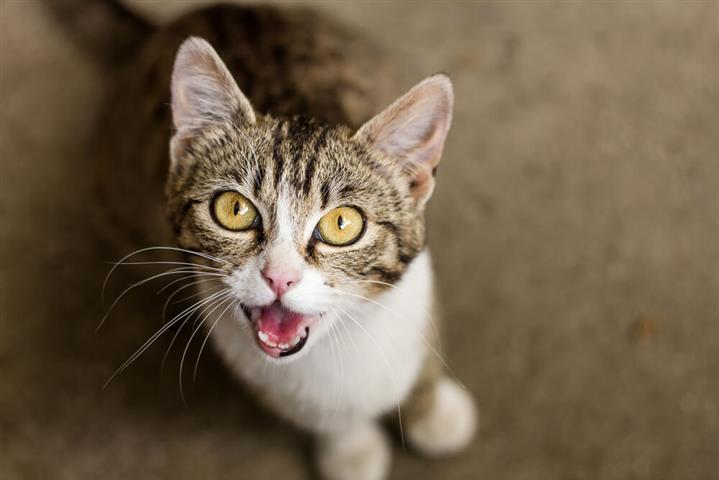Seek Advice On Catty Behaviour
 December 6, 2017
December 6, 2017
Wondering if your cat’s behaviour is normal or if you need to seek veterinary treatment? Pets Training & Boarding takes a look at some common cat behaviours. PLUS: Expert comments from Feline Veterinarian, Dr Kim Kendall, from the Cat Palace in Sydney.
Cats are wonderfully crazy, funny, and flawless creatures. However, some owners become concerned about common behaviours that their feline friend exhibits. First, it’s very important to understand that if your cat is suddenly showing symptoms of a behavioural problem it is vital you seek advice quickly. The longer you wait the longer it may take to rectify.
Behaviours that could signal a health problem:
- Obsessive biting of limbs or licking
- Excessive yowling
- Excessive thirst or urination
- Spraying / marking
- Unusual urination or defecating
- Flickering eyes
Cat are very territorial animals. If something in their environment has changed or is causing them stress they may start a behaviour, such as marking/spraying, to help ease the tension. Once this becomes a habit it can be hard to break. Getting treatment quickly can help you better understand the reasons why your cat may be behaving in this way, and how you can reduce or prevent it.
Common Cat complaints that are normal:
- Cats hiding from owners or visitors – normal for the scared cat
- Don’t like other cats
- Attacking other cats and/or people – this is the brave cat
Feline Veterinarian, Dr Kim Kendall explains that cats don’t normally like the company of other cats, particularly if they are older than 18months old. They may learn to tolerate the other feline in the home, but expecting them to be cuddle buddies is not the norm.
“If you want to prevent that problem you get two kittens and a scratching post,” she recommends.
Dr Kendall also reminds readers that when a cat attacks another cat, or a person, they are just exhibiting a normal behaviour.
“This is just the brave cat not the scared cat,” she says. “They have figured out the best defence is offence. It comes back to the same natural things, you don’t share anything with another cat and if something looks like a predator you either attack it or hide from it.”
Let’s talk about the litter box…
The biggest complaint or concern in regard to behaviour is surrounding the use, or non-use, of the litter tray. Firstly, it’s important that you get a clean bill of health for your cat to rule out any medical problems that can be causing the issue. Also consider;
- Clean the litter tray often.
- Have one litter box each cat.
- Don’t quickly change the brand or type of litter.
If your pet is still not using the litter tray is very important to seek out a cat behaviourist. Again, time is of the essence.
“The thing with cats peeing outside the litter tray is that it can be complex,” Dr Kendall warns.
She is also adamant that owners need to look at the whole picture, not just medicating their pet.
“Mood modifying drugs, tend to raise the threshold, so, the cat will still show the behaviour but it has to be pushed a lot further until it does,” she says. “So, you haven’t solved the problem you’ve just raised the threshold. Then what you need to do is change the environment so the stress that is happening, occurs at a lower level and less frequently. This is where most people fall apart. They are happy to give the cat a pill, but they expect that will solve the problem.”
The good news is that surveys conducted on resolutions of cat behaviour problems show a 60% success rate. However, treatment must be sort quickly and owners must be prepared to adjust the environmental triggers alongside possible medication.
“The only correlation for success is the owner’s commitment to do their part,” Dr Kendall says. “If the owner is resolute then it will be resolved. So, the owner either needs to commit to the whole picture or lean to deal with the unwanted behaviour.”
